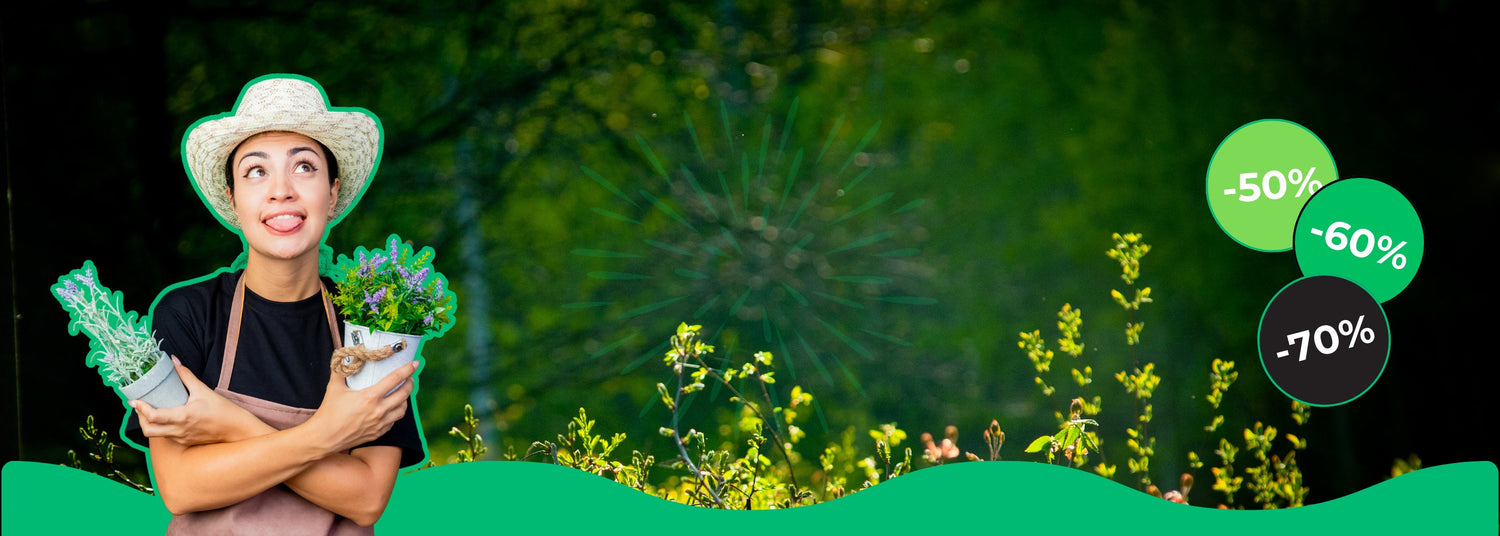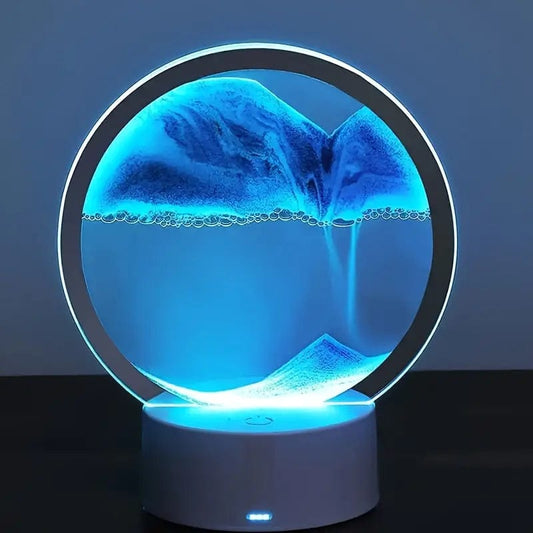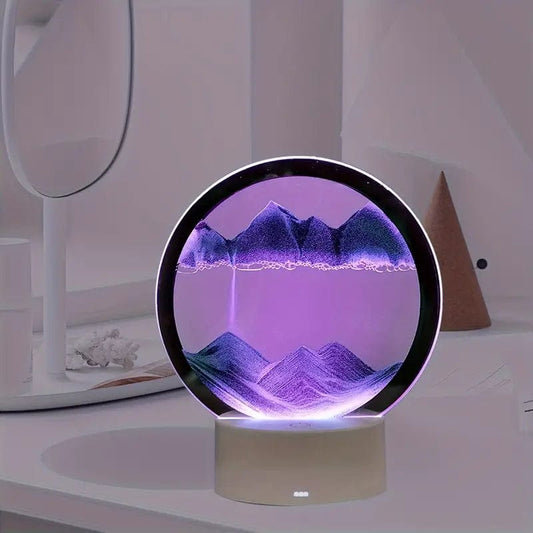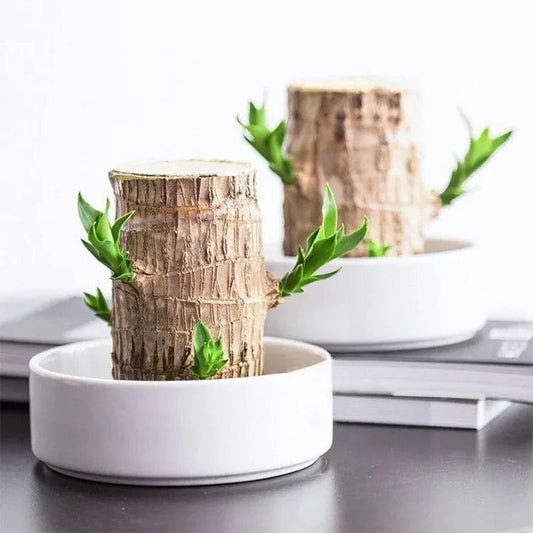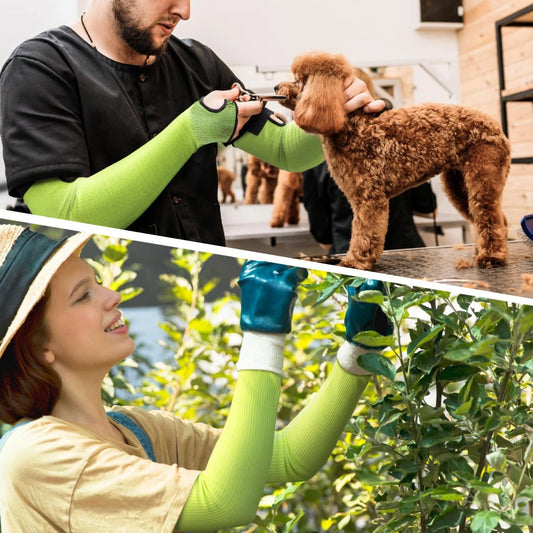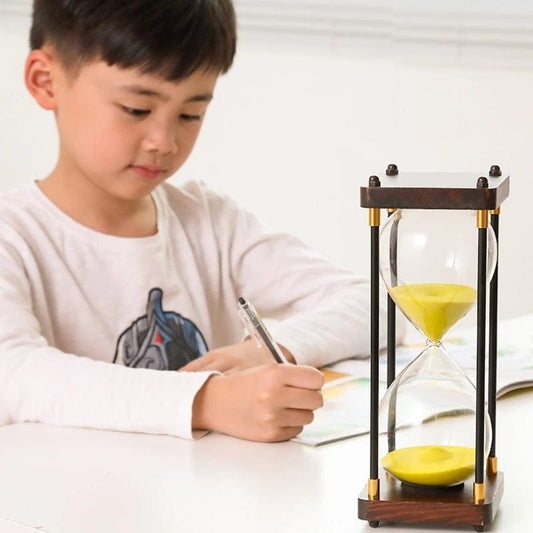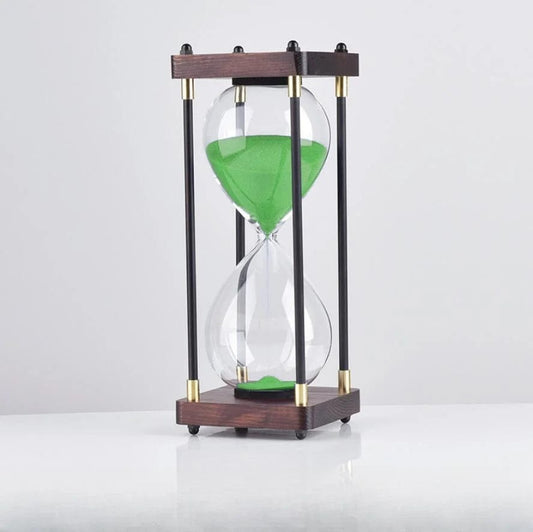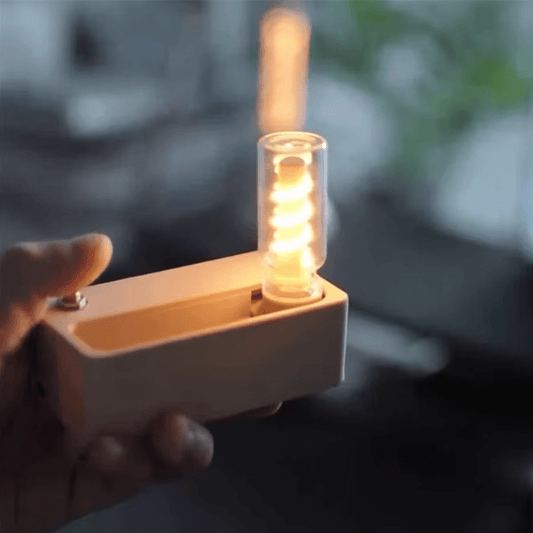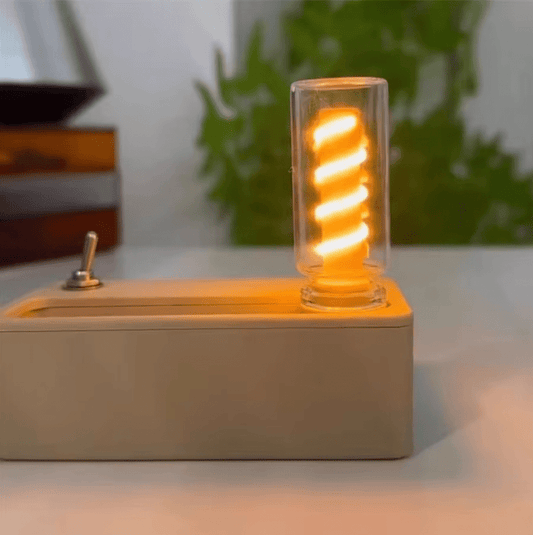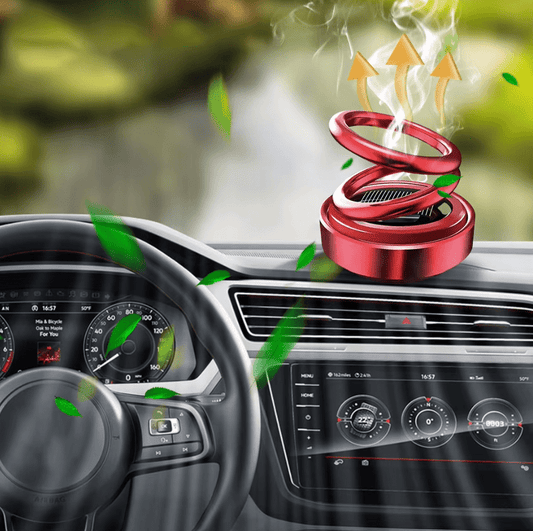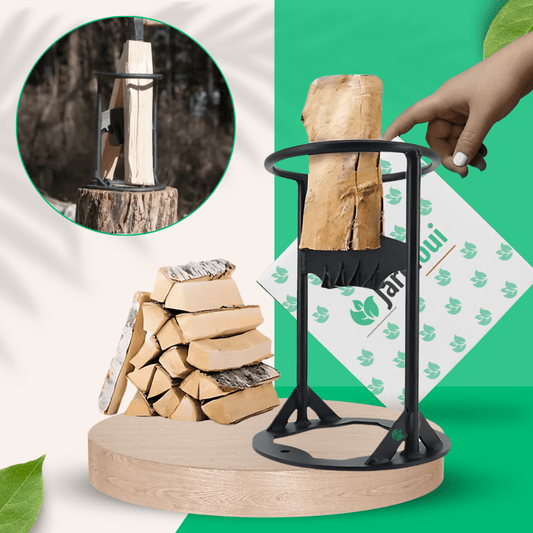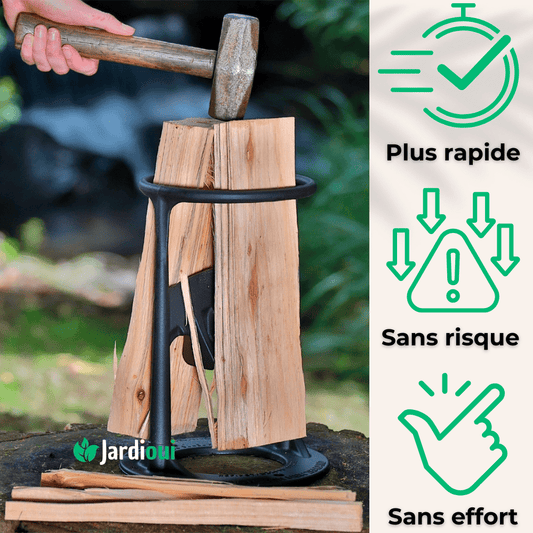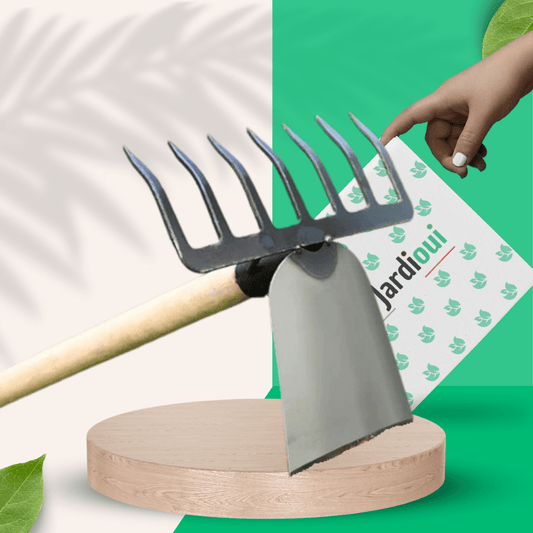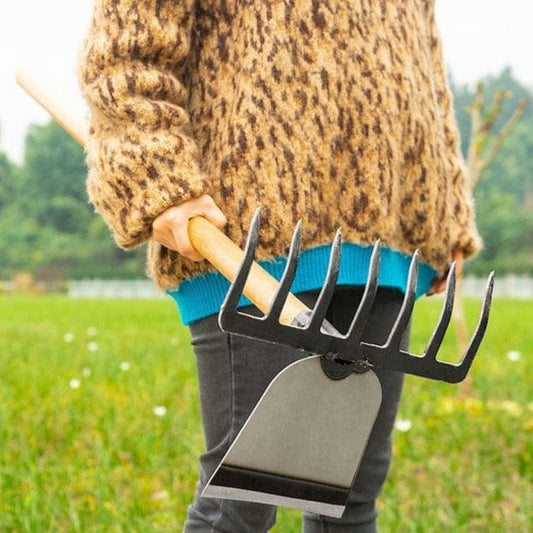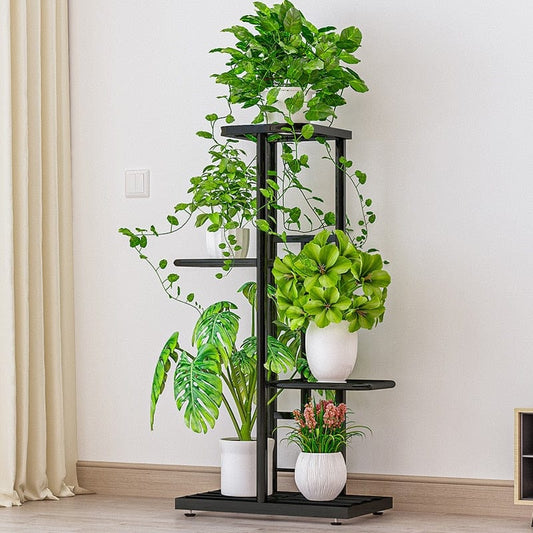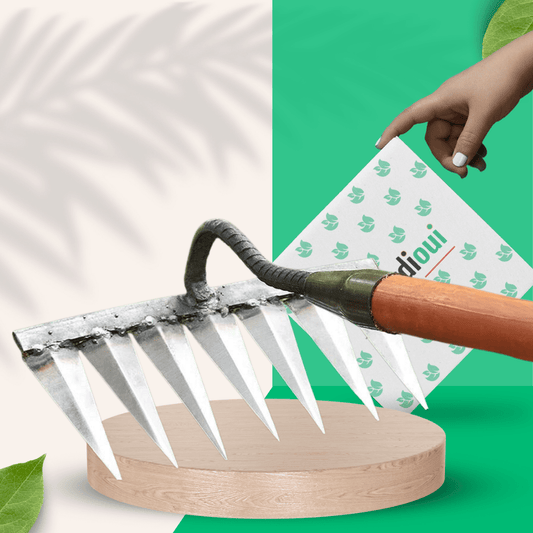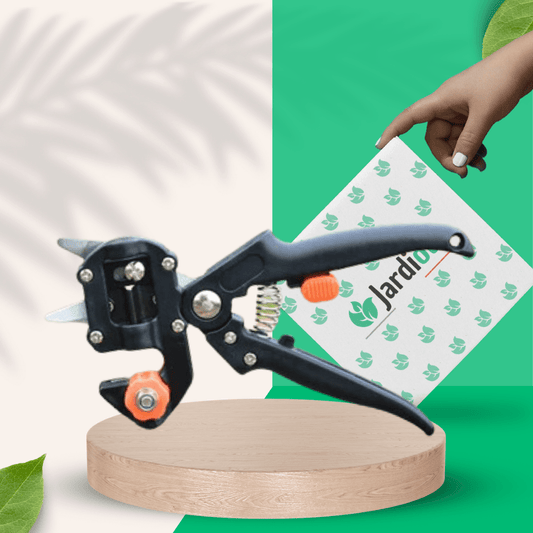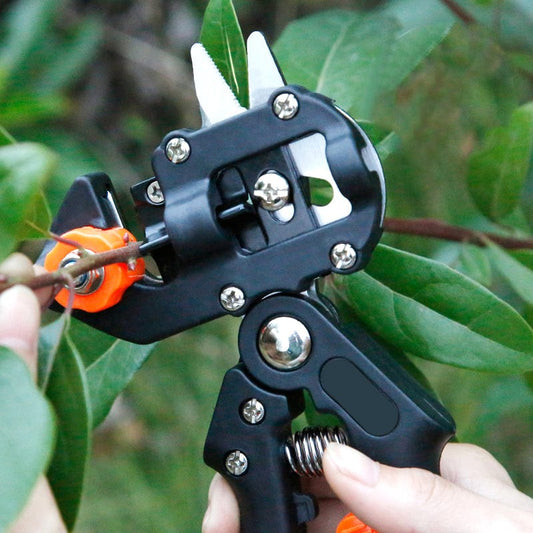Why Are My Tomato Plant Leaves Turning Yellow?

Whether you're new to vegetable gardening or consider yourself an expert, you may have encountered a persistent problem while growing tomatoes: why are the leaves on your tomato plants turning yellow?
Start by determining whether yellow leaves indicate a larger problem. In some cases, yellow leaves on tomatoes may be normal. Here are two examples:
- If the bottom leaves of your tomato plants are yellow, these are likely seedling leaves that will eventually fall off. The leaves just above are of more concern if you see a yellowish tint.
- One of the first signs of transplant shock is yellowing leaves. To avoid this, transplant the seedlings when they are 7 to 10 cm tall or at least two weeks after sowing. A process called acclimation can also help get them used to their new location.
1. WATERING PROBLEMS CAUSING YELLOW LEAVES
The amount of water you give your tomatoes can affect their growth. If you water by hand, pay attention to the leaves — if they start to yellow, evaluate your watering habits.
Excess water is a common problem that can lead to root rot. A lack of water can also cause problems for tomatoes. Before yellow leaves stand out due to improper watering, you might notice wilting and brown edges.
Here are some tips for watering tomatoes:
- When planting tomato seeds, water the soil only when the surface is dry. A simple sprayer may be enough for the first few days.
- Once you transplant your tomato plants into the garden, maintain a regular watering schedule.
- Use deep watering techniques throughout the week, especially as temperatures rise!
- Container tomatoes dry out more quickly and require additional watering. Some container tomato plants will need water twice a day.
- Always water at the base of the plant. Watering from above increases the risk of sun damage and disease.

Drip irrigation for tomatoes
Consider installing a drip irrigation system in an outdoor garden to deliver water to plant roots more efficiently. Drip irrigation systems are 90% efficient, compared to only 65% to 75% efficiency for sprinkler systems. Using drip irrigation also reduces the likelihood of tomato diseases.
If you don't want to buy a drip irrigation system, pay more attention to the weather conditions in your area. Avoid watering after a rainstorm and consider increasing watering during high temperatures.
2. TOMATO DISEASES CAN BE TO BLAME
Poorly drained soils expose your plants to various diseases, and by the time you notice it, it is often too late to take action. This is why preventative measures are essential to avoid diseases that can harm the leaves of your tomatoes.
Here are some common tomato plant diseases to watch out for:
- Bacterial wilt
- Early mildew
- Late blight
- Septoria leaf spot
- Leaf mold
- Tomato pith necrosis
- Fusarium wilt
- Verticillium wilt
- Jaundice virus in spoon
Most plant diseases require specific instructions for prevention and care. In many cases, you will need to remove the diseased part. For example, tomato late blight is a common disease that requires:
- Kidnapping
- Use of fungicide
- Mulching
Using fungicide and mulch after removing the diseased part helps prevent the spread of tomato late blight. To prevent future outbreaks, consider crop rotation, improving air circulation and composting. Avoiding watering from above the leaves can also reduce fungal leaf diseases.
3. A NUTRITIONAL DEFICIENCY CAN TURN TOMATO LEAVES YELLOW
Another cause of yellow leaves on tomato plants is nutritional deficiency. Tomatoes need several nutrients from the soil, including:
- Nitrogen
- Phosphorus
- Potassium
- Sulfur
- Magnesium
- Zinc
- Calcium
- Copper
- Do
Fertilizing tomato plants
Two of the main ingredients in fertilizers are nitrogen and potassium. A lack of these nutrients results in yellowing of the leaves, called chlorosis.
Pay attention to the fertilizer you use and consider switching to an organic fertilizer for best results and improved soil health. Also check the fertilizer for micronutrients such as calcium, magnesium and copper. These small changes can help prevent many causes of yellowing leaves.
Pro tip: Epsom salts can be used to treat yellowing leaves caused by magnesium deficiency.
How often should you fertilize?
Young tomato plants will need fertilizing every two weeks before you can reduce this frequency. If you have tomatoes in containers, you may need to fertilize them every two to four weeks. As always, make sure plants are well watered before and after fertilizing.
To get the best results in your garden, consider having your soil tested. Soil testing can identify the type of fertilizer and nutrients your tomato garden needs most.
4. PESTS STRESS YOUR TOMATO PLANTS
Spider mites and aphids are two common predators that add stress and damage the plant, leading to yellowing of the leaves. You can also see the tips of the leaves curling up. Most tomato pests are managed with healthy soil, proper planting techniques and crop rotation.
If you have aphids in your garden, consider using organic sprays or natural predators. Clean up dead plant matter and use a variety of companion plants for tomatoes in your garden that repel aphids, such as catnip, garlic or chives.
5. FROST DAMAGE TO TOMATO LEAVES
Frost damage on tomatoes can harm the leaves in several ways. You may notice yellowing, wilting, spots between leaf veins, or blackened leaves. If the frost was light and the plant's stem is still healthy, you can simply remove the damaged leaves and let the plant recover.
Pro tip: Protect young tomatoes from unexpected weather by covering them with a plastic sheet, tarpaulin or cloth.
KEEPING YOUR TOMATO LEAVES HEALTHY AND GREEN
Yellowing tomato leaves can ruin your harvest and ruin that delicious salsa recipe you had in mind. Keeping a close eye on your tomato leaves can help you detect problems early and save your tomatoes.
Proper watering, drainage and nutrients are essential for a healthy garden. Keep your schedule regular and consider spacing your plants and providing them with plenty of shade if you live in a hot area.
